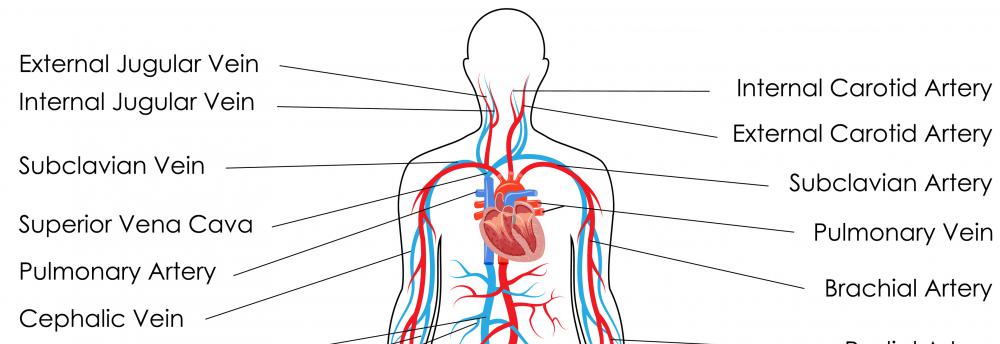At WiseGEEK, we're committed to delivering accurate, trustworthy information. Our expert-authored content is rigorously fact-checked and sourced from credible authorities. Discover how we uphold the highest standards in providing you with reliable knowledge.
What Are the Suboccipital Muscles?
The suboccipital muscles are four muscles located in the neck. Three of these muscles make up a group called the suboccipital triangle: Obliquus capitis inferior, Obliquus capitis superior, and Rectus capitis posterior major. A fourth muscle, Rectus capitis posterior minor, is part of the muscles in this region but is not located within the triangle. Combined, these four muscles help the larger muscles of the neck and head provide fine motor control for the head.
Located under the occipital bone, the suboccipital muscles form a group of four muscles in the neck known as the suboccipital group. Within this group of muscles the Rectus capitis posterior major, Obliquus capitis superior, and Obliquus capitis inferior form the suboccipital triangle. This triangle of muscles surrounds the suboccipital nerve that is connected to the spine. It also contains the suboccipital venous plexus, which is a vein responsible for draining from the back of the head to the external jugular vein.

Ascending from the second vertebrae in the cervical column, the Rectus capitis posterior major assists other major muscles in the extension and rotation of the neck and head. The back side of the suboccipital nerve is connected to this muscle. Blood and fluid supplies come from the occipital and vertebral arteries like all of the other suboccipital muscles. On the outside surface of the occipital bone, there are four ridge lines known as nuchal lines. This muscle attaches to the inferior nuchal line.

From the back arch of the C1 vertebrae, the Rectus capitis posterior minor comes up and is attached at the occipital bone, along the middle of the inferior nuchal line. This muscle assists in the extension and lateral flexing of the head. It is fed by the same vascular and nerve supplies as the other suboccipital muscles.
Attached at the second cervical vertebrae, the Obliquus capitis inferior is another one of the suboccipital muscles in the triangle. This muscle runs up and is attached to the crosswise section of the C1 vertebrae. It aids in the rotation of both the cranium and C1 vertebrae.
The Obliquus capitis superior is the fourth muscle of the group. It is the third of the suboccipital muscles that form the triangle. This muscle starts at the crosswise section of the C1 vertebrae and is attached in between the inferior and superior nuchal lines of the occipital bone. Primary function is to aid in the extension and lateral rotation of the head.
AS FEATURED ON:
AS FEATURED ON:












Discussion Comments
@umbra21 - You know, I also find a neck massage can help. Preferably from a significant other, but if you've got no one else you can do it yourself.
In fact, doing it yourself might even be more helpful, because you can really press into the right spots, without making the problem worse.
I also think that running hot water, whether from a bath or a shower, onto the tense muscles can help them to relax.
You have to be careful with your neck muscles, just because they are always going to be in use.
@Iluviaporos - I do get that sometimes and I find the best thing to do is make sure to get plenty of sleep and take some anti-inflammatory painkillers.
Generally if I do that and consciously try to relax them, the pain goes away quite quickly.
I also find that often I'm tensing up because of the way I'm sitting. Sitting in bed, for example, can feel quite comfortable at first, but eventually it makes my neck muscles sore.
It might not be the same for you, but do pay attention to when they start to ache and maybe try to avoid that position, or at least switch it up a little bit.
Hope this helps!
I'm always having trouble with these muscles. I guess I tense them up when I'm feeling stressed, which doesn't help.
Eventually if I feel stressed for more than a couple of days, they get sore, and that makes me tense them up even more (automatically, obviously I don't do it on purpose).
Sometimes, even if the stress is gone, it takes a few days to really relax, just because they get so painful. Does anyone else have this problem?
Post your comments